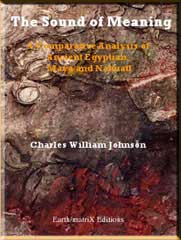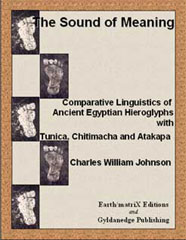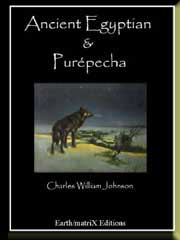|
|
|
Purchase in Amazon
|
|
|

PART: V
THE AZTEC CALENDAR:
THE POINTER
Let us explore this possible flexibility a little more. There appears to be a natural axis running through the pointer, as may be observed in the following illustration:

|
As shown, the pointer may be subdivided
into ten units on either side of the axis, whereby a keen mind could use
it either rightside up, or upside down. In other words, conceptually numbers
1-10 on the pointer could be considered to be numbers 10-20 in terms of
a calculating instrument. The manner in which the pointer might be conceivably
be divided becomes limited only by the user's imagination. Sets of three
numbers could be conceived on the arms of the Ollins (2, 3, 4;
8 ,9 , 10; 12, 13, 14; and 18, 19, 20); numbers 1, 6, 11, 16 could mark
off the four cardinal points, or the four years. The alternatives are
infinite.
Aside, then, from the obvious design within the pointer that corresponds
to the 1-20 unit system, one can also observe how the day-glyph ring was
itself designed for multiple calculations. For example, although this
ring has become known as the day-glyph ring, in fact, other time cycles
are identified by its glyphs. The most obvious example is that of the
four years as identified by some authors:
 |
Again, the pointer, conceptually speaking, can also show us which are the first and last days of each year glyph.
 |
| Home | Part: I | Part: II | Part: III | Part: IV | Part: V | Part: VI | Part: VII |
©1995-2011 Copyrighted by Charles William Johnson. All Rights Reserved
Reproduction prohibited without written consent of the author.
| Home | Books | Author | Site Map |




